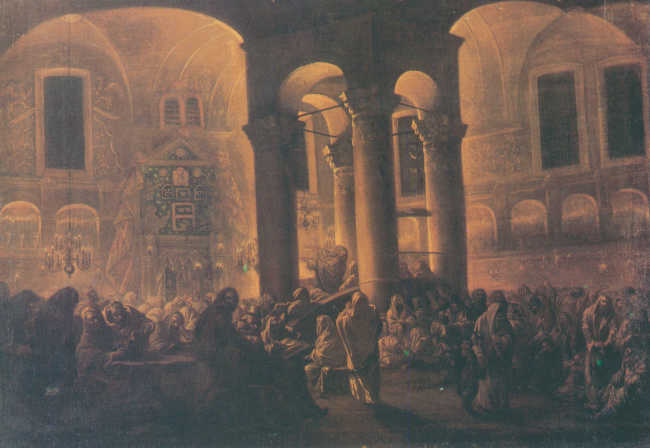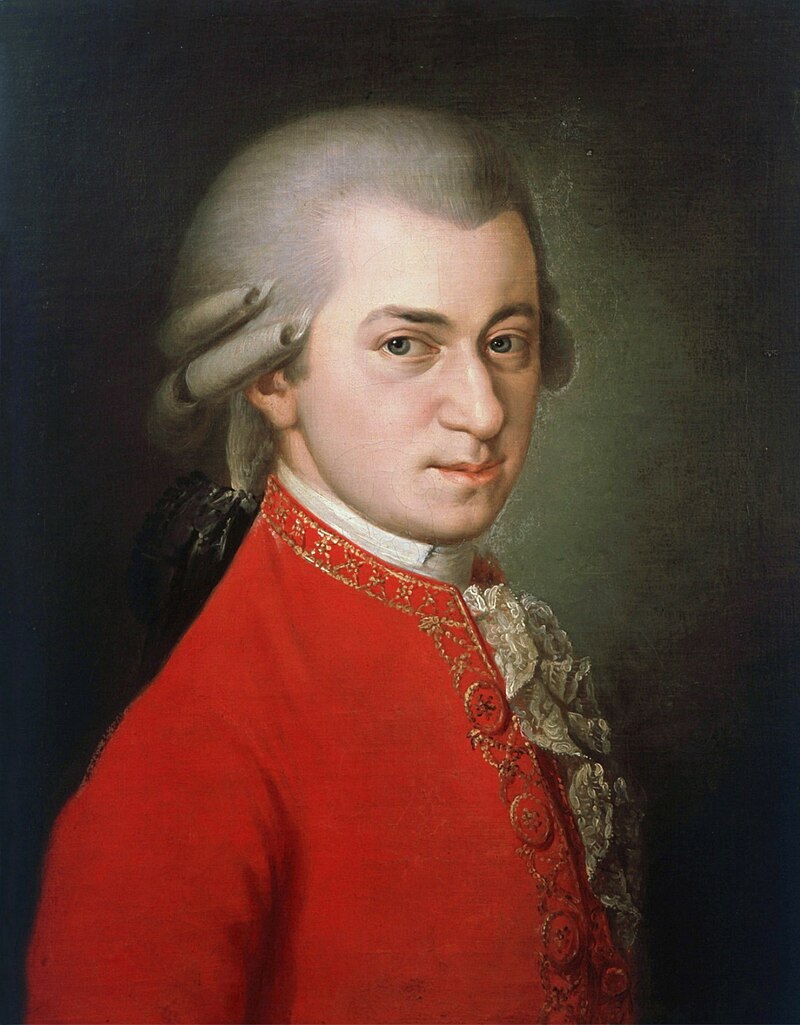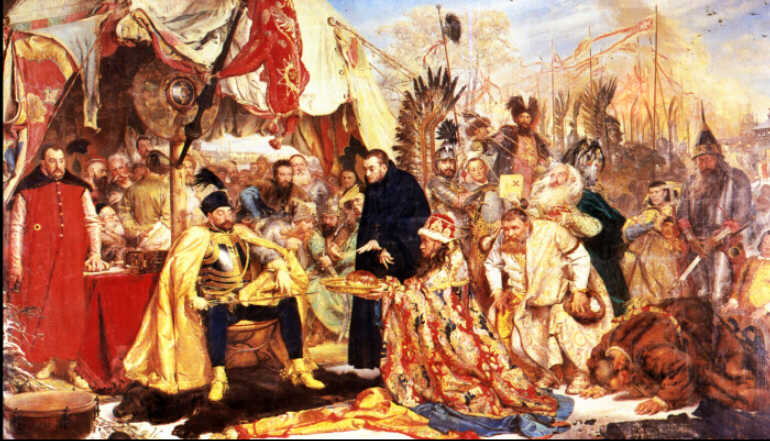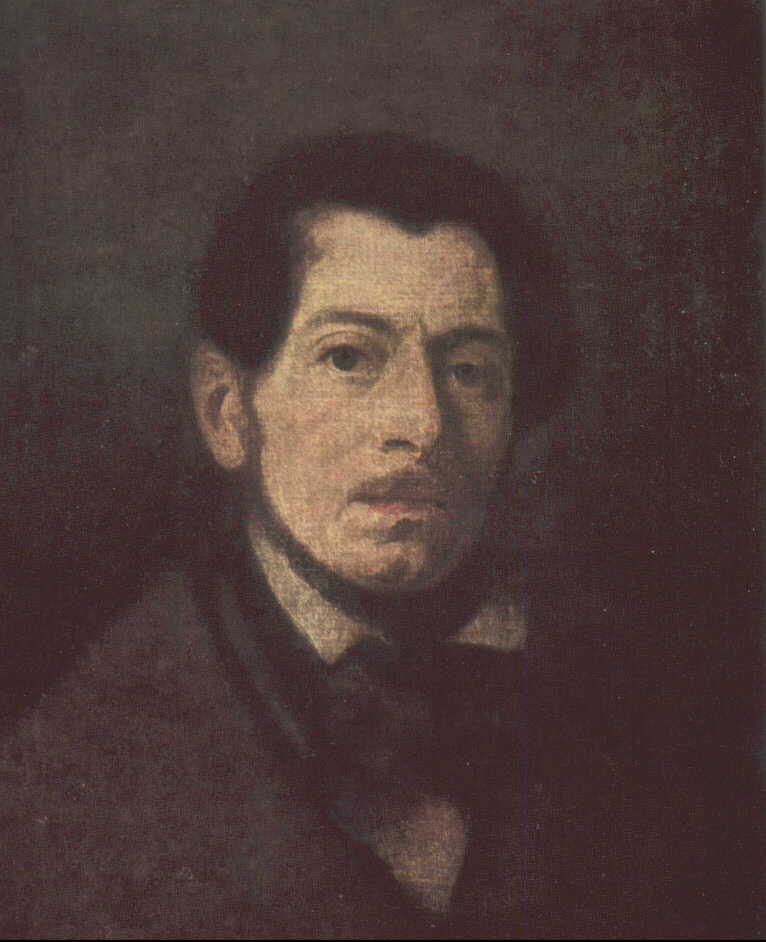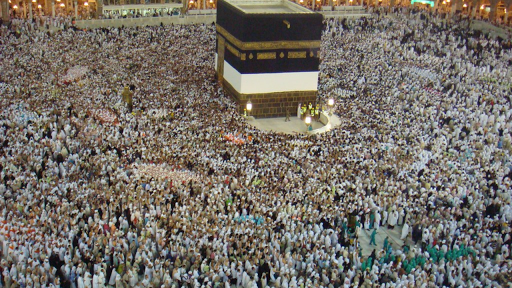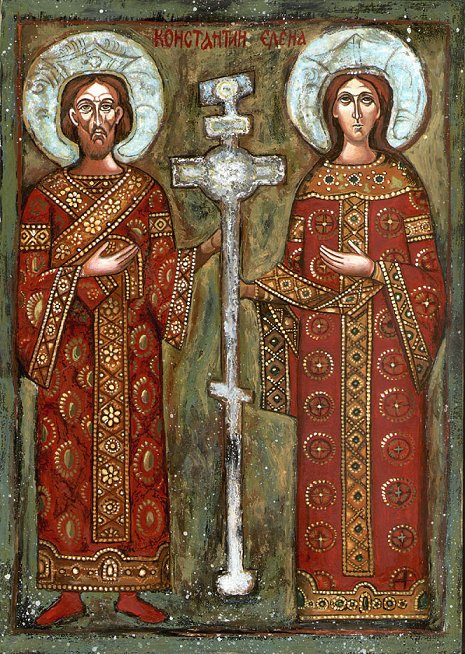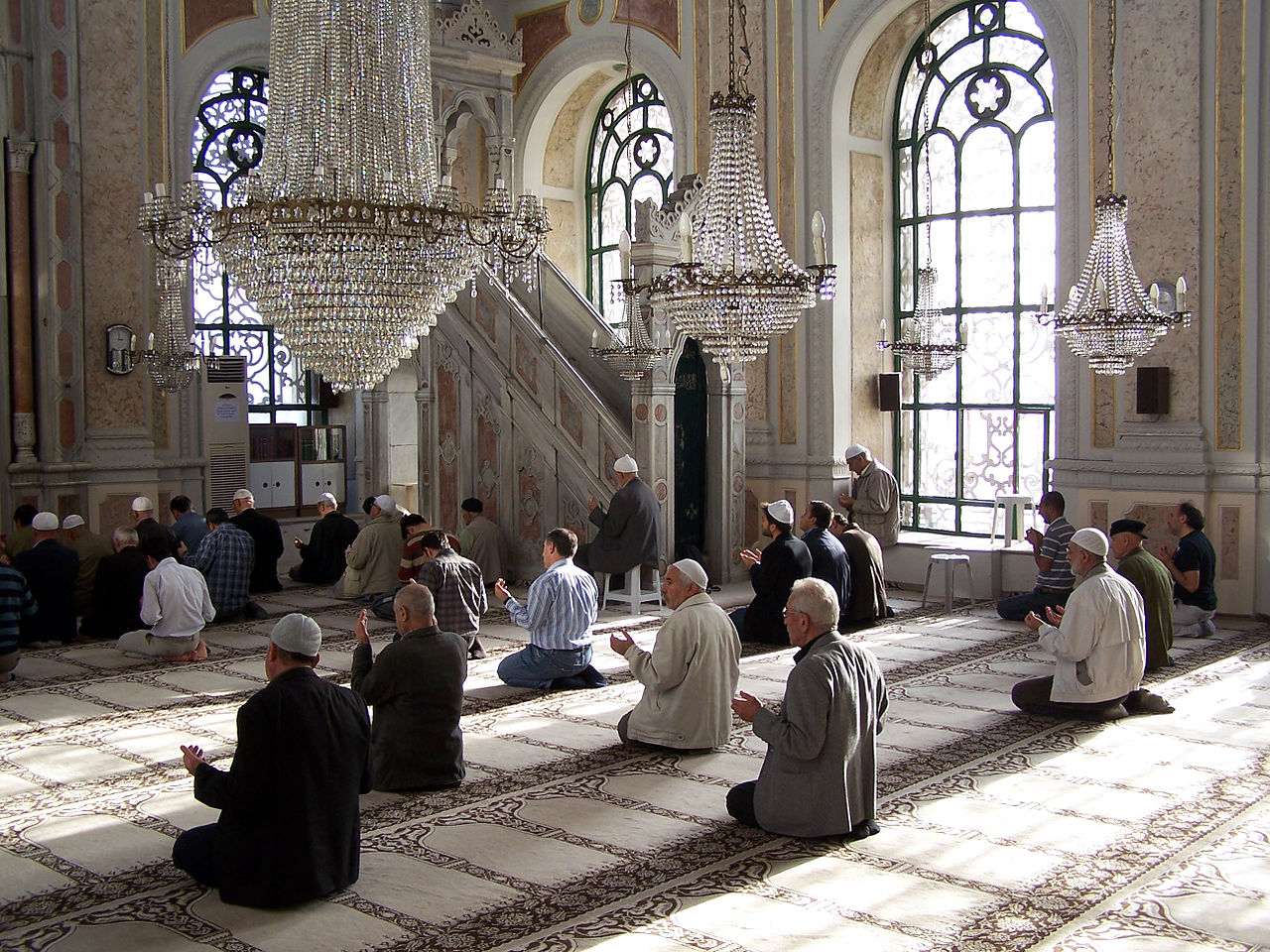 Emir – in Islamic countries, the leader, commander, prince – in charge of territorial units or provinces of a given state. The Emirs often ruled "a state within a state", establishing their own dynasties.
Emir – in Islamic countries, the leader, commander, prince – in charge of territorial units or provinces of a given state. The Emirs often ruled "a state within a state", establishing their own dynasties.
Empora – gallery or grandstand (mainly in churches) running over the aisles and opening onto the nave.
Exonarlex (exonarthex) – external narthex, set in front of the facade of the temple (- narteks).
The balcony is Lebanon.
On the front – architectural element in the shape of a triangle, placed in classical architecture usually above the portico, crowning the façade of the building with a gable roof. From early modern times, the pediment was also placed above doors and windows, altars etc., often in the shape of a semicircle, broken or interrupted. The inner field of the pediment is the tympanum.
Frieze – in classical architecture, the middle part of the entablature, between - the architrave and - the cornice. Depending on the architectural order, the frieze was divided into quadrilateral, bas-relief fields (tryglify i metopy) or it was a continuous belt around the building (plain or relief)
Gymnasium – in ancient Greece, a place of exercises and sports games for young men preparing for military service. Later, in the gymnasium, they met at a cultural and scientific level, hence the name of secondary school used in Europe – junior high school.
Cornice – in ancient architecture, the highest part of the entablature, resting directly on the frieze. In the architecture of later periods, a decorative strip protruding in front of the face of the wall.
Bathroom – public steam room, with a central part of a covered dome (less often today) and side rooms.
Han—karawanserajMore.
Harem – in Muslim countries, a section of the house dedicated to women, where only the husband can enter. In the mansions of the mighty and palaces, the harems were sometimes colossal in size; eunuchs were also allowed there.
Hellenistic era – the period in the history of ancient Greek civilization from the death of Alexander the Great (323 p.n.e.) until the Roman rule (30 p.n.e.).
Hippodrome – in ancient Greece a U-shaped horse racing track, where the seats were placed amphitheatrically. In ancient Rome, circuses were built similar to the hippodrome (e.g.. the famous Circus Maximus).
Imam – clergyman educated in the field of Islamic law and religion, most often presiding over Friday prayers in a mosque and Muslim communities (the equivalent of a caliph). In different Arab countries, the imam performs various functions, but always closely related to religion.
Imaret-public kitchen included - kulliye, where the needy were given free meals.
Leave — leave.
Janissaries (should. Janissary – "New army") – selected Turkish infantry formed approx. 1330 r., serving only the Sultan. Initially, this guard was made up of young Christian captives, later from the subjects of the sultan of non-Turkish origin, a od XVI w. also the Turks. The Janissary corps was liquidated in 1826 r.
Karawanseraj – inn in muslim countries for traveling merchant caravans (also called han), placed on roads or in cities, most often of a defensive nature. The caravanserai was built on a rectangular plan, with an inner courtyard, around which there were rooms for travelers and animals, kitchens, inns and shops. In the center of the courtyard stood a mosque.
Caliph (arab. chalifa- "successor") – title of Muhammad's successor, clerical and secular leader of Muslims, commander in chief of the caliphate's army (Shi'ites recognize only the secular authority of the caliph, unlike the Sunnis).
Chapter- top of the column, — pillar or row, seated on the shaft, usually decorative.
Kibla – direction of Mecca, in which Muslims address themselves during prayer, designated in - mosque by - mihrab.
College – a sultan's foundation consisting of a mosque, theological schools (— medres), eatery (- imarets), bathhouse (- hamams), library, hospitals, bazaars and tombs (- disturbances) the founder and his family and other useful buildings.
Course – a podium in - a mosque intended for - an imam to read the Koran, richly decorated, standing nearby - mihrabu.
Liwan (iwan, balcony) – vaulted niche in the form of a portico, used in Islamic architecture. Liwan serves as a portal recess in - mosques and - madrasahs.
Mausoleum – magnificent, monumental tomb; the name comes from the Mausoleion – the famous tomb of king Mausolos in Halikamasa (Bodrum today).
Mosque – small - a local mosque erected in cities, - caravanserais and by roads; also a prayer room in - madrasahs, mansions and palaces.
Mosque- an Islamic cult building intended for prayers, intended to gather all the faithful of a given commune or community. The mosque usually consists of - avlu, that is, an open courtyard surrounded by a peristyle, in the center of which there is an ablution fountain (— sadirvan), a dome-vaulted prayer room and – if the founder had sufficient funds for financing – also other buildings (— faculty). From approx. VIII c. each mosque had at least one - a minaret.
